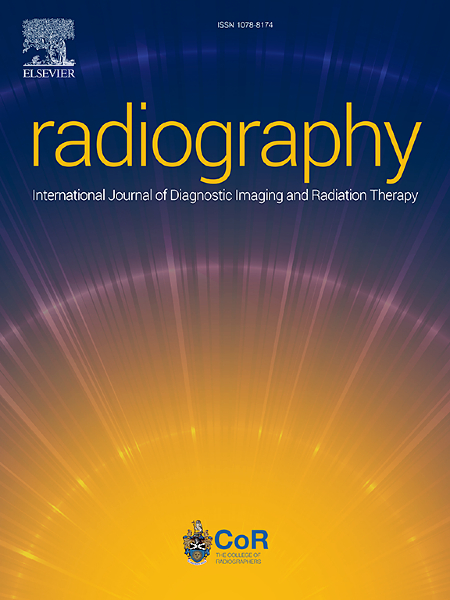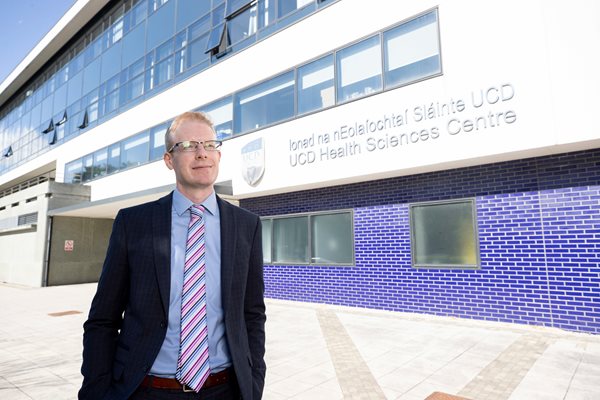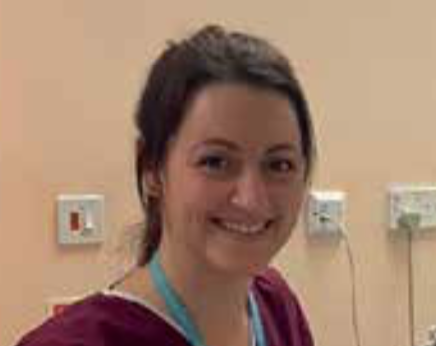In the February issue of Synergy, I had the opportunity to talk about many of my professional passions, including Radiography, the official peer-reviewed journal of the Society and College of Radiographers and the European Federation of Radiographer Societies (EFRS). Since my appointment as Editor-in-Chief in January, there have been several significant milestones as Radiography continues to grow and establish itself as the top-ranked journal for our profession.
Most scientific journals, including Radiography, saw a peak in submissions in 2020 thanks to various factors linked to the global pandemic. However, Radiography maintained a more than 50% growth in submissions in 2021 and is on track to achieve this again in 2022.
It has been pleasing to see an increase in submissions from across Europe, which reflects the concerted efforts of the EFRS partnership and the journal’s international advisory board to extend Radiography’s authorship, readership and influence to all practising in the profession or working in areas allied to our profession.

The evidence of these efforts is also clear when we consider the annual growth in the number of full text article downloads across all platforms, now at more than 500,000 a year and growing. This figure is truly remarkable given that the journal published approximately 100 articles a year before the pandemic and highlights the level of engagement our community has with the relevant, timely and topical content we publish in every issue.
In 2021 a record 210 articles were published in Radiography and this figure will most likely be surpassed for 2022. Another step in making our content even more accessible has been the introduction of a large number of transformative, national and institutional publishing agreements. These, including the JISC agreement for UK higher education institutions, support authors by publishing their work fully open access at no direct cost to the author. As a result of these initiatives, we have seen a more than 600% increase in the number of fully open-access papers published in the journal since 2019.
Early this year we introduced article-based publishing, which ensures that articles are published faster and appear in an “issue in progress” where they are fully paginated and citable. We also introduced a diversity pledge in which we express our commitment to inclusion and diversity across all aspects of our journal. We will be responsive and will work actively to address diversity issues and are currently developing a strategic plan, including clear annual targets, to deliver positive change.
After many years of effort by all involved in the journal leadership, I am delighted to be able to confirm that Radiography will receive an impact factor (IF). While the IF of a journal is just one of many different publication metrics to be considered – and is not a perfect metric – it captures the frequency with which the average article in a journal has been cited in a particular year. We are excited to receive our first IF next year and, based on our own analysis, expect our starting IF to be really positive. Separately, our CiteScore, another metric not dissimilar to the IF, continues on a steady growth trajectory. From a score of 1.5 in 2017 we hit 2.7 in 2021 and are tracking to break 3.0 this year. This means we will likely be the leading international journal for our profession, based on CiteScore, IF and article downloads.
Editorial fellowships
Some other breaking news relates to our editorial fellowships, which will launch in early January. With the continued support of both the professional bodies, we will introduce an SCoR editorial fellowship, open to UK-based SCoR members, and an EFRS editorial fellowship, open to those who are members of EFRS member societies. These will provide a developmental role for radiographers who would like research to be part of their careers and will build knowledge and skills linked to journal editing. The fellows will receive training and mentorship from the Editor-in- Chief and the associate editors and will be able to lead a project linked to journal activities. We look forward to receiving applications for these fellowships early next year.
Radiography promotes evidence-based practice by disseminating high-quality clinical, scientific and educational research relating to all aspects of diagnostic and therapeutic radiography. We publish original, full-length research articles, review articles (narrative, systematic and meta-analyses) and technical notes. And I would also invite all readers to submit a letter to the editor in relation to any of the articles that catch your attention. Please consider Radiography the destination of choice for your work and if you are interested in becoming a reviewer for our journal, we would love to hear from you.
For the latest updates and publications in Radiography, please subscribe to the email-based table of contents for each issue via our home page and please follow our journal accounts on LinkedIn and Twitter.
Please join us on our journey to enhance our professional evidence base, to raise the profile of our profession and, most importantly, to work together to take steps to improve care and outcomes for patients.


